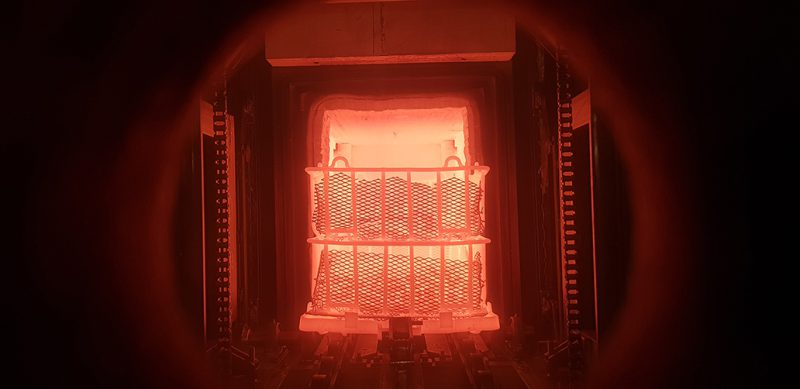
Discover the importance of the heat treatment process with Alpha Detroit Heat Treatment and the critical factors that affect it for achieving optimal results.
Heat treatment is a crucial process in metallurgy and materials science that alters the physical and sometimes chemical properties of a material. At Alpha Detroit Heat Treatment, we specialise in providing top-notch heat treatment services across Australia and New Zealand, ensuring that our clients receive the best possible outcomes for their materials. Understanding the heat treatment process and the critical factors that affect it is essential for achieving desired material properties and performance.
What is the Heat Treatment Process?
The heat treatment process typically involves three key stages. During the heating stage, the metal is gradually heated to a specific temperature, ensuring uniform heating throughout the material. The heating rate is determined by factors such as the metal’s thermal conductivity, its prior condition, and the size and shape of the workpiece.
Once the desired temperature is reached, the metal is held at that temperature for a specific duration, known as the “soaking period.” This soaking stage allows the material’s internal structure to stabilise and transform as per the desired outcome.
The final stage involves cooling the metal, either slowly or rapidly, depending on the required properties. The cooling method, such as air cooling, water quenching, or oil quenching, is carefully selected to achieve the desired microstructural changes and mechanical properties.
Critical Factors Affecting the Heat Treatment Process
Several critical factors influence the effectiveness of the process, and even minor deviations can significantly impact the final product. These are the most evident factors that every heat treatment specialist must remember:
• Material Selection: The type of metal being treated has a significant bearing on the chosen heat treatment parameters. Different metals respond differently to heat, so understanding the material’s composition and properties is essential for selecting the ideal temperature, soaking time, and cooling method.
• Heating Rate and Uniformity: Heating the metal too quickly can lead to uneven heating and distortion. Conversely, a slow heating rate may not allow for sufficient micro-structural changes. Achieving uniform heat distribution throughout the workpiece is equally important to ensure consistent results.
• Soaking Time: The duration the metal remains at the target temperature significantly impacts the final properties. Insufficient soaking time may not allow for complete transformation within the metal’s microstructure while over-soaking can lead to grain growth and a reduction in strength.
• Cooling Rate: The cooling method and rate heavily influence the final microstructure and properties. Rapid cooling (quenching) results in a harder and more brittle microstructure, while slower cooling leads to a softer and more ductile material. Selecting the appropriate cooling rate is crucial for achieving the desired balance of properties.
• Quenching Media: For quenching, the choice of medium (water, oil, etc.) plays a role in determining the cooling rate. Water quenching provides the fastest cooling, while oil quenching offers a more moderate rate.
Alpha Detroit: Your Partner in Heat Treatment Excellence
At Alpha Detroit Heat Treatment, we leverage our extensive experience and cutting-edge equipment to deliver exceptional heat treatment solutions. We offer a comprehensive range of heat treatment services, including annealing, hardening & tempering, case hardening, stress relieving, nitriding, and more. This ensures your metal components perform at their absolute best. Contact us today to discuss your project and discover how we can help you unlock the full potential of your metals.
Optimized by: Netwizard SEO
